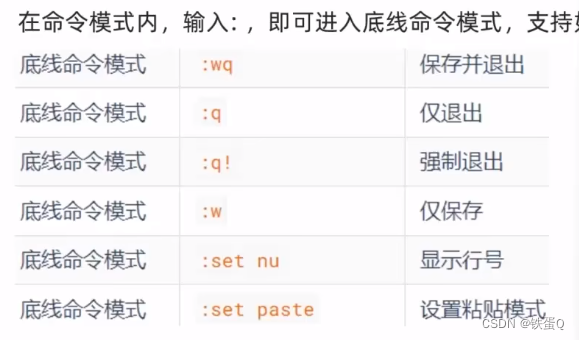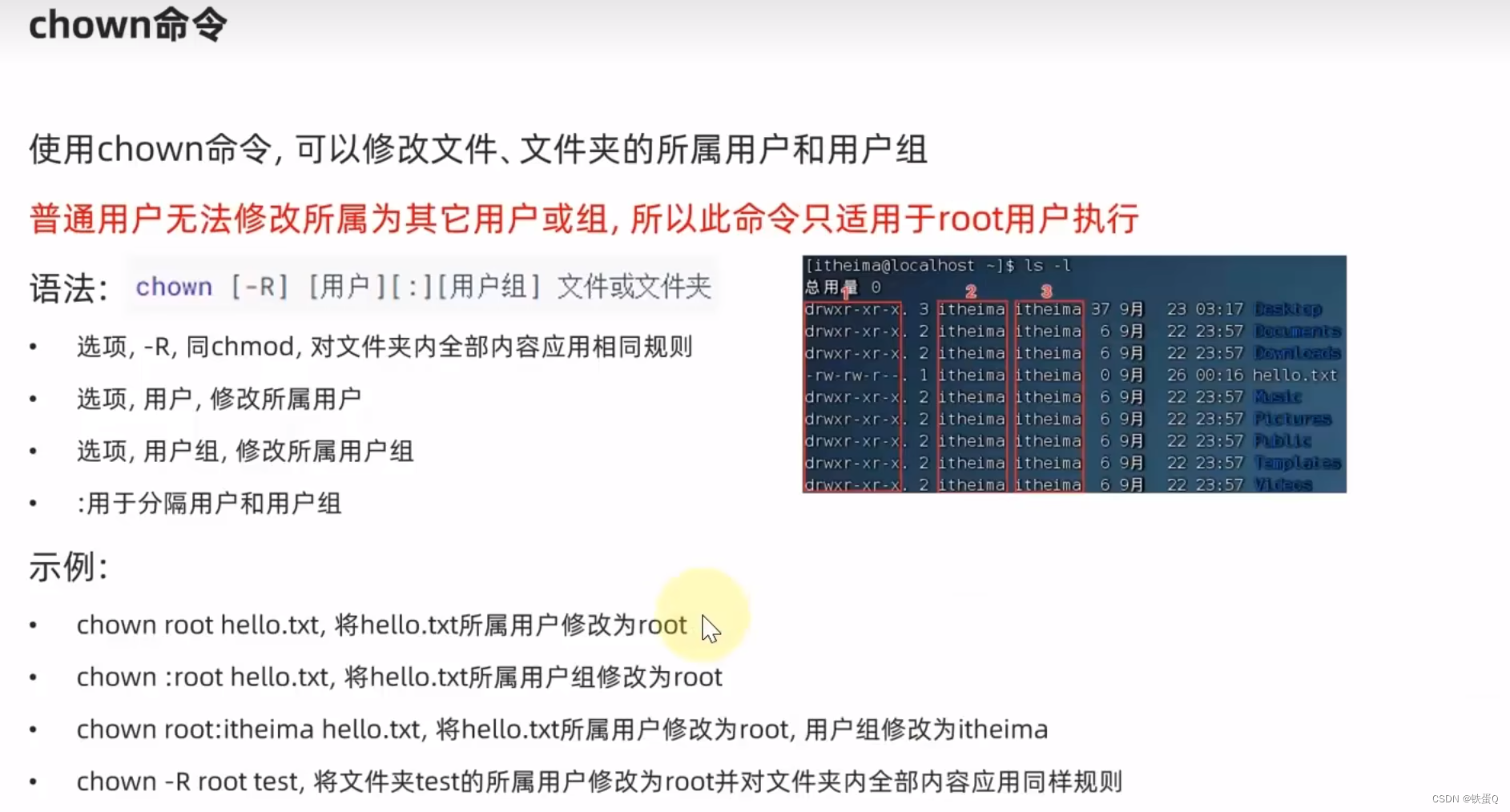按文件的大小进行查找
find / usr -size +100M在home路径下创建txt文件
touch test.txt查看test.txt文件中的内容:
cat test.txt
通过指令pwd可以查看当前所处路径。
切换超级用户的指令:
su - root离开时可以使用指令:exit
grep指令可以,从文件中通过关键字过滤文件行。
grep -n "World" test.txt
效果:
2:printf("hello World");
管道符:|
含义:将管道符左边命令的结果,作为右边命令的输入。
cat test.txt | grep hello | grep Linux
统计文件中带hello的有几行:
cat test.txt | grep hello | wc -l
统计文件中带world关键字的结果有多少个单词:
cat test.txt | grep World | wc -w
echo
echo "hello,Linux"
输出
hello,Linux
echo `pwd`
/home/lzy
使用echo 将当前工作目录写入work.txt
echo `pwd` > work.txt使用echo 将Linux写入work.txt,通过tail命令持续跟踪文件内容更改。
echo "Linux" > work.txt
tail -f work.txt




mv work.txt test/
将work.txt移动到test文件夹。
mkdir test创建test文件夹
chmod u=rwx,g=r,o=w test.txt
修改test.txt的权限。
mv code.c code将code.c代码移动到code文件夹
ls test
查看test文件夹中的内容。




ls -l test
查看test文件夹中的内容







)
的运用分析)




、MySQL数据库)
)





